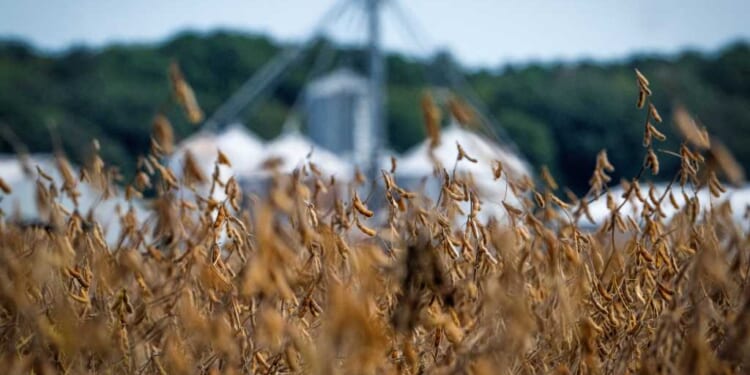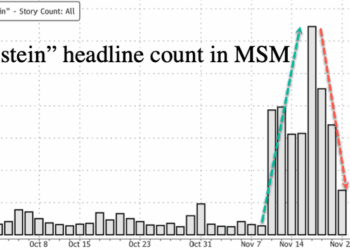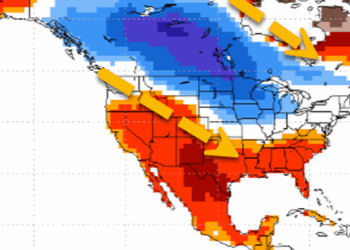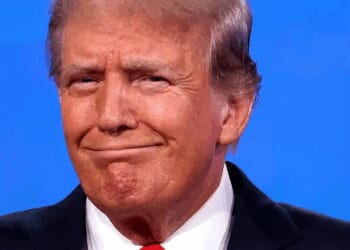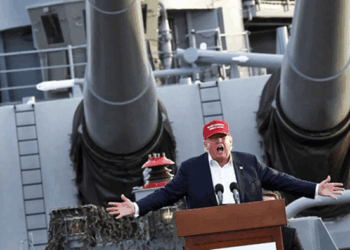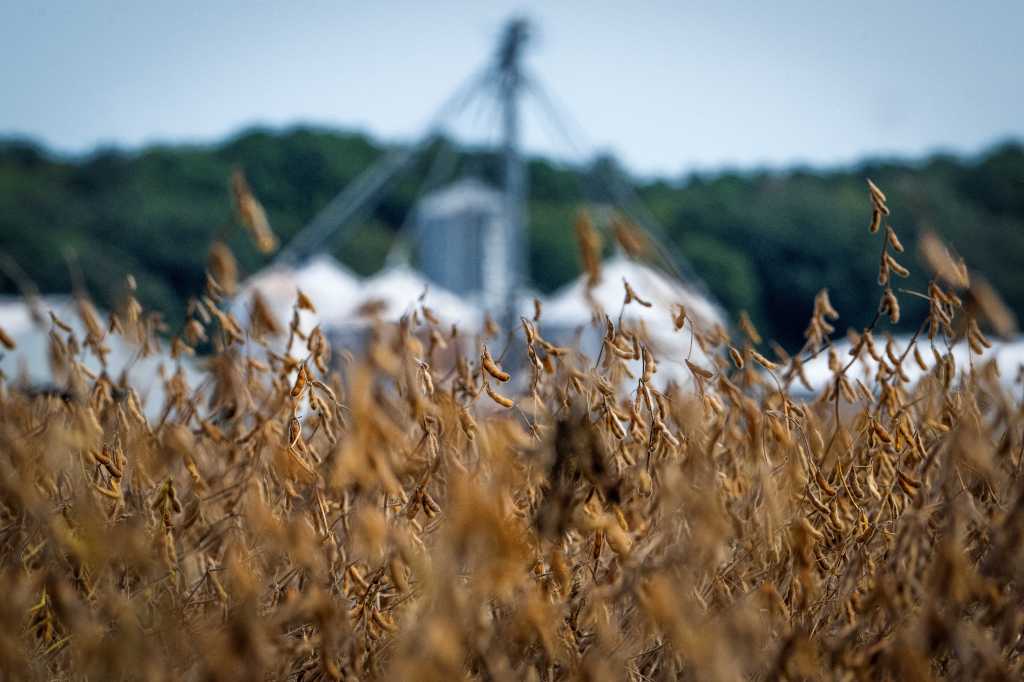
The One Big Beautiful Bill Act, which Trump signed into law earlier this year, increases agricultural spending by more than $65 billion over the next 10 years—mostly beefing up producers’ safety net—but farmers are only set to access that money late next year. So, to help with this harvest season, initial reports indicate that the White House is preparing to provide somewhere between $10 billion and $15 billion in aid. Treasury Secretary Scott Bessent—who himself owns up to $25 million of soybean and corn farmland in North Dakota—was expected to provide additional details last week, but the announcement was delayed, due in part to the ongoing government shutdown.
By reallocating some of his tariff revenue as agricultural subsidies, the president hopes to help his beloved crop farmers, who are being squeezed by those same tariffs and his trade war. But there are real questions about whether these trade fights will work out in farmers’ favor, and whether Trump has the means and authority to reallocate those funds in the first place.
If Trump wants to help the farmers who are being hurt by his tariffs, why not just repeal them?
“The objective is to get better trade deals,” GOP Sen. John Hoeven of North Dakota told TMD. “And so, whether it’s China, whether it’s other countries, not only have they thrown up tariffs and other non-tariff trade barriers, like manipulating their currency, which China is notorious for, [value-added] taxes, which the [European Union] has, the president is fighting to get better trade terms for agriculture, and others too.”
Those defending the administration’s tariffs argue they are a necessary tool to rebalance global trade and produce more fair arrangements for American workers and businesses—and if other countries are making that initial transition period more painful for American industries, that the administration should step in and make it right. “We need to be very clear that we’re going to make sure we get our farmers through that stretch,” Hoeven said, arguing that any additional aid is not just helping farmers get by until the Big Beautiful Bill benefits are unlocked. “It also sends a message to the Chinese and others that they cannot retaliate against our farmers. But the goal is to win and get sales.”
However, the administration has not specified what “winning” the trade war looks like. And now that China has shifted its buying behavior, whether this battle will eventually result in increased access to Chinese markets is far from certain.
“It does look like China has found alternative markets, whether that’s Brazil, Argentina, other nations,” Ryan Flickner, advocacy director at the Kansas Farm Bureau, told TMD. Sources told Reuters that Chinese importers purchased roughly 7.4 million tons of mainly South American soybeans for October, covering about 95 percent of the country’s projected demand for the crop.
We’ve seen this story before. Trump also waged a trade war with China during his first term—albeit on a smaller scale—and that too resulted in his administration doling out billions of dollars in subsidies after U.S. farmers were shut out of the Chinese market as a retaliatory measure. But the end of that trade spat was not lower tariffs, but higher ones on both sides. And although China eventually agreed to purchase American farm products again, the elevated tariff rates remained in place throughout Trump’s first term and well into the Biden administration. As Joel Harold Tannenbaum wrote for The Dispatch earlier this year, the end result was a high opportunity cost: “Exports to China were almost back to 2017 levels, but where would they have been if Trump’s initial tariffs hadn’t prompted Chinese retaliation in the first place?”
If that initial trade war didn’t end to the benefit of American farmers, why would this one be any different?
“I guess, never say never. They could pull something out,” Christopher A. Wolf, a professor of agricultural economics at Cornell University, told TMD. “History doesn’t suggest that the trade wars end up being better for people in the long run.”
Though Trump says he’s a friend of the farmer, his own administration has admitted that their policies—even beyond tariffs—have harmed the industry. The American Prospect noted last week that the Labor Department filed a report with the Federal Register that stated “the near total cessation of the inflow of illegal aliens combined with the lack of an available legal workforce, results in significant disruptions to production costs and threatening the stability of domestic food production and prices for U.S consumers.” Far from being a temporary issue, the Labor Department warned that this problem will get worse as the Big Beautiful Bill provides more funding for immigration enforcement. And the cost of tariffs and the trade war is more complex than it seems, too.
Ian Sheldon, a professor of agricultural policy at Ohio State University, told TMD that, in addition to the downward pressure on soybean prices, the trade situation is also putting “pressure on input prices, such as fertilizers, agro chemicals, machinery, because the administration has implemented tariffs against imported inputs.”
With meaningful Chinese trade agreements looking quite unlikely in the near term, and the president’s love of tariffs unwavering, the White House will likely try to proceed with this reported subsidies plan—but it’s unclear precisely where those funds would come from. In Trump’s first term, the Department of Agriculture utilized funds from the Commodity Credit Corporation—a government-owned entity established to provide financial assistance to farmers—to support them. But as Wolf told TMD, “At this current point in time, they don’t have enough—by my understanding—Commodity Credit Corporation funds to do this.”
Trump’s Truth Social post suggested drawing the money from tariff revenue, but there are potential legal issues with that approach. Joseph Glauber, a research fellow emeritus at the International Food Policy Research Institute, told TMD that, although a certain percentage of tariff revenues can go toward agriculture, there are limitations. Namely, that “allocation is set by Congress each year, so to reallocate more of those monies towards farmers, that will probably require something from Congress.”
And, as it happens, Congress is a bit preoccupied with trying (somewhat) to end the government shutdown that began at the beginning of the month—and the two sides are seemingly no closer to a solution than they were when the federal government first ran out of money.
The Senate has conducted some regular business, such as considering nominations and passing the National Defense Authorization Act, but it is unclear whether the chamber will have the bandwidth to take up something that is connected to a partisan issue and will require 60 votes to pass. Even if it were to pass something in the near term, the House of Representatives has not been in session since last month, as Speaker Mike Johnson has canceled its proceedings to put pressure on Democrats to fold.
Additionally, as Senate Majority Leader John Thune noted, during the shutdown, farmers are unable to get loans and other services from Farm Service Agency offices. But farmers represent a beloved constituency on both sides of the aisle, so there is the prospect for the body to authorize funds sooner or later. As Kevin Williamson noted in a recent Wanderland newsletter, Democratic lawmakers and candidates’ positions on trade are often not that different than their Republican counterparts’.
“You have a luxury like you can’t imagine,” Republican Sen. Jim Justice of West Virginia told TMD. “You go to Outback tonight and throw away half what you eat, okay? And countries all across this world would give anything to have what you throw away. … And who do we owe that to? We owe that to that guy that’s driving a 12-year-old pickup truck and making $28,000 a year instead of making $350,000 in Goldman Sachs’ heaviest money.”

